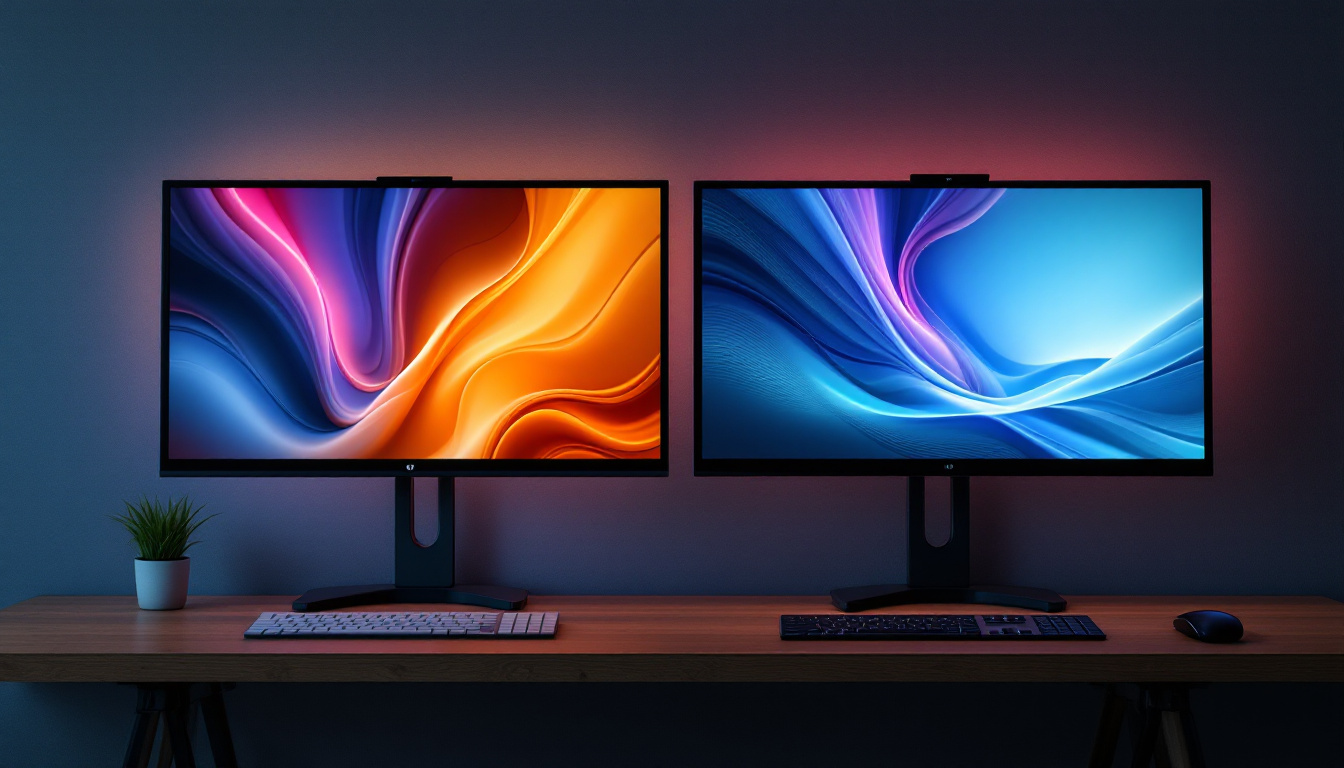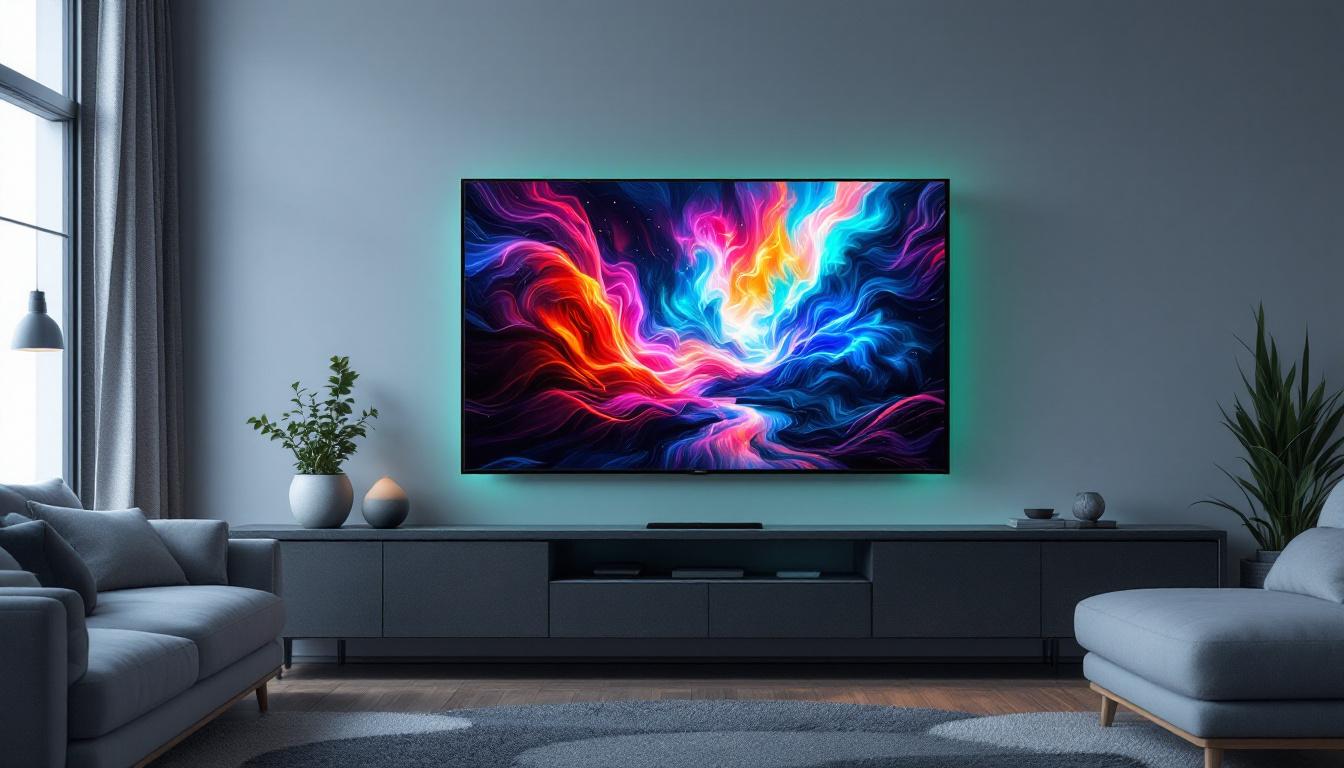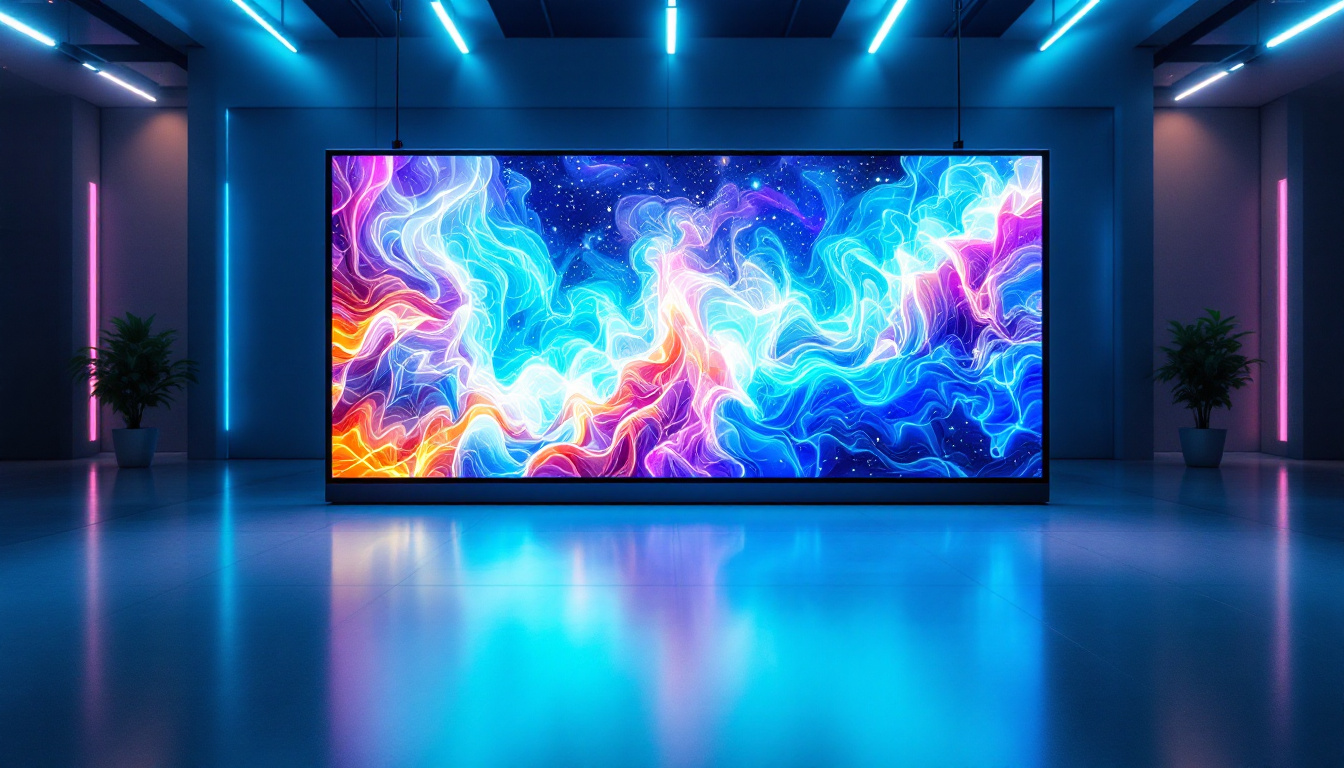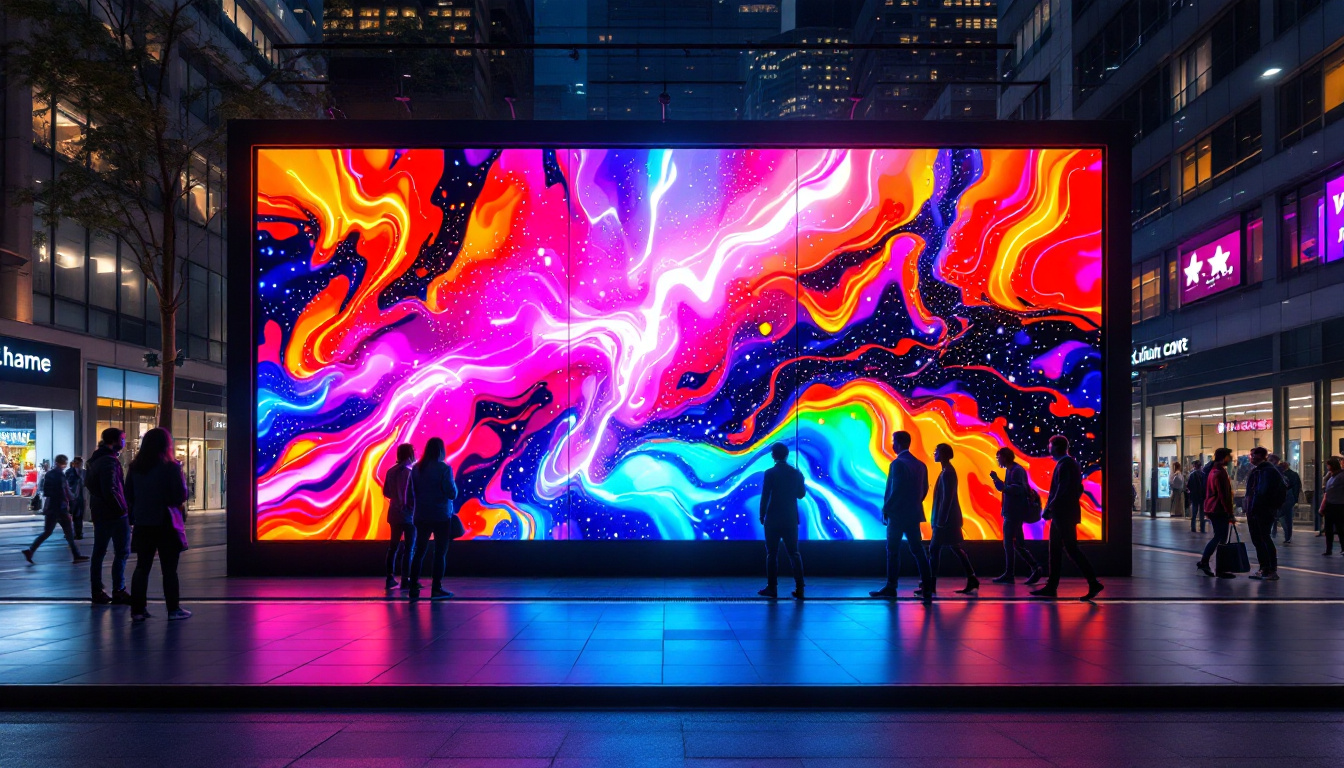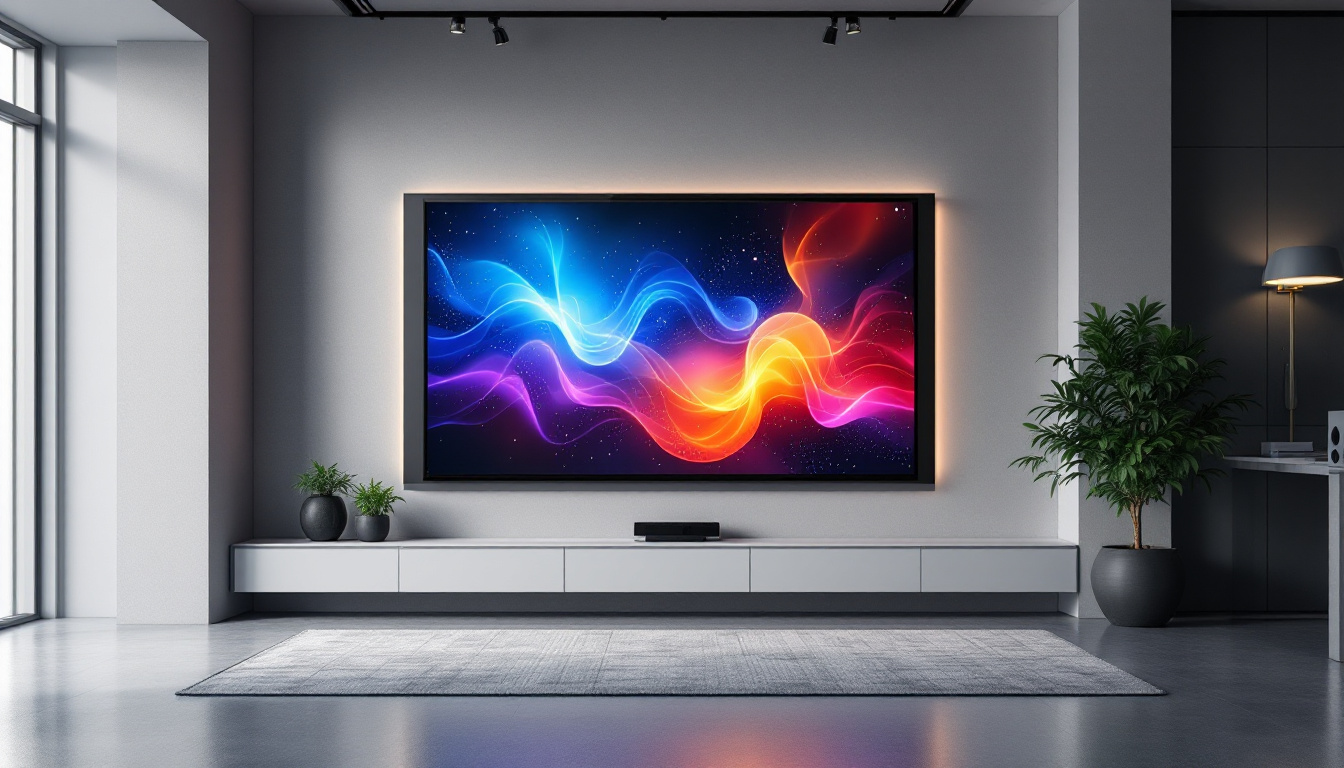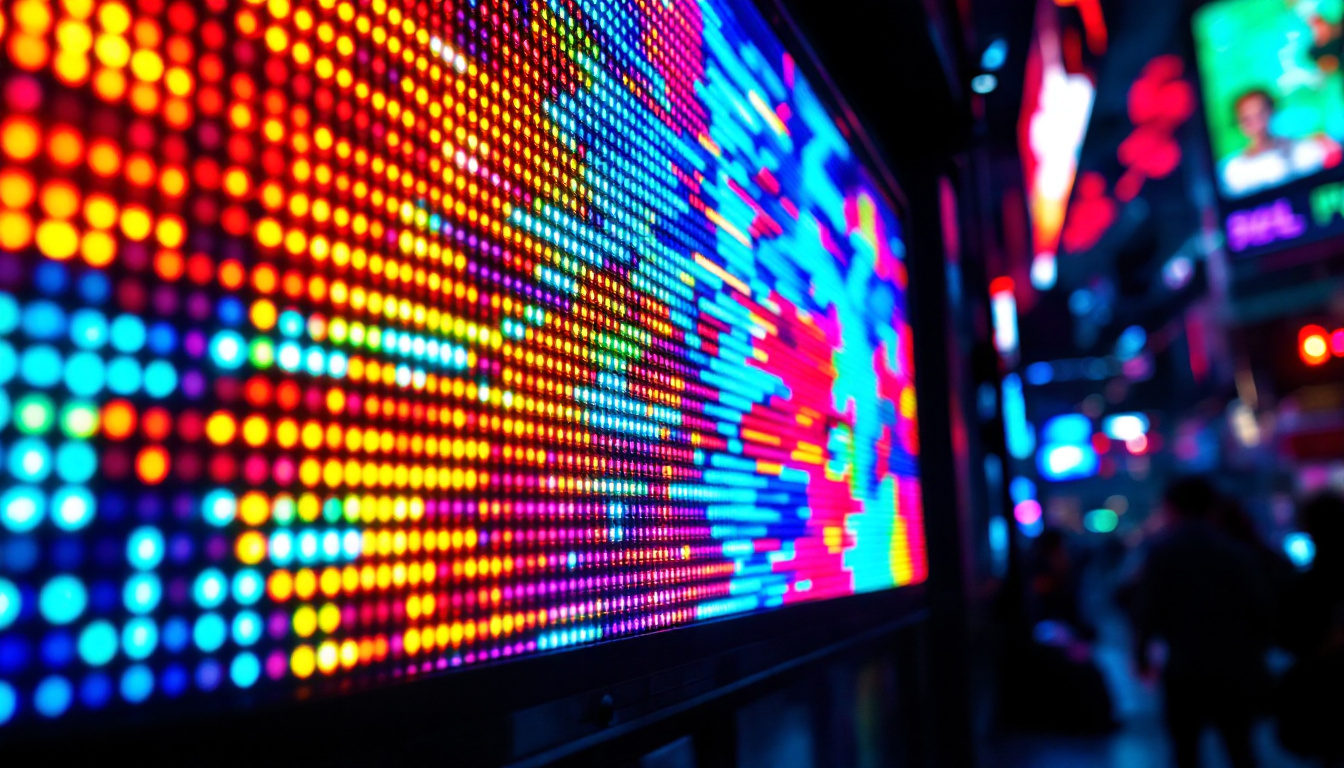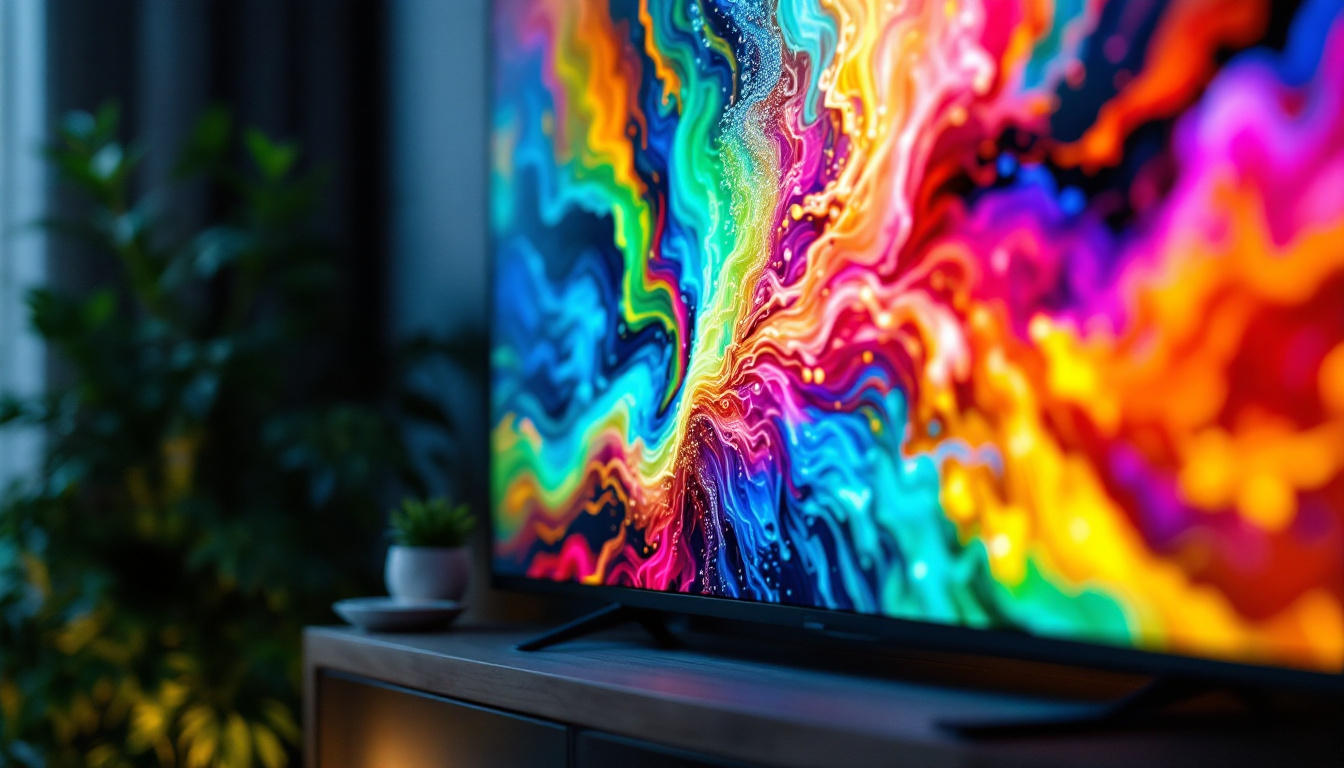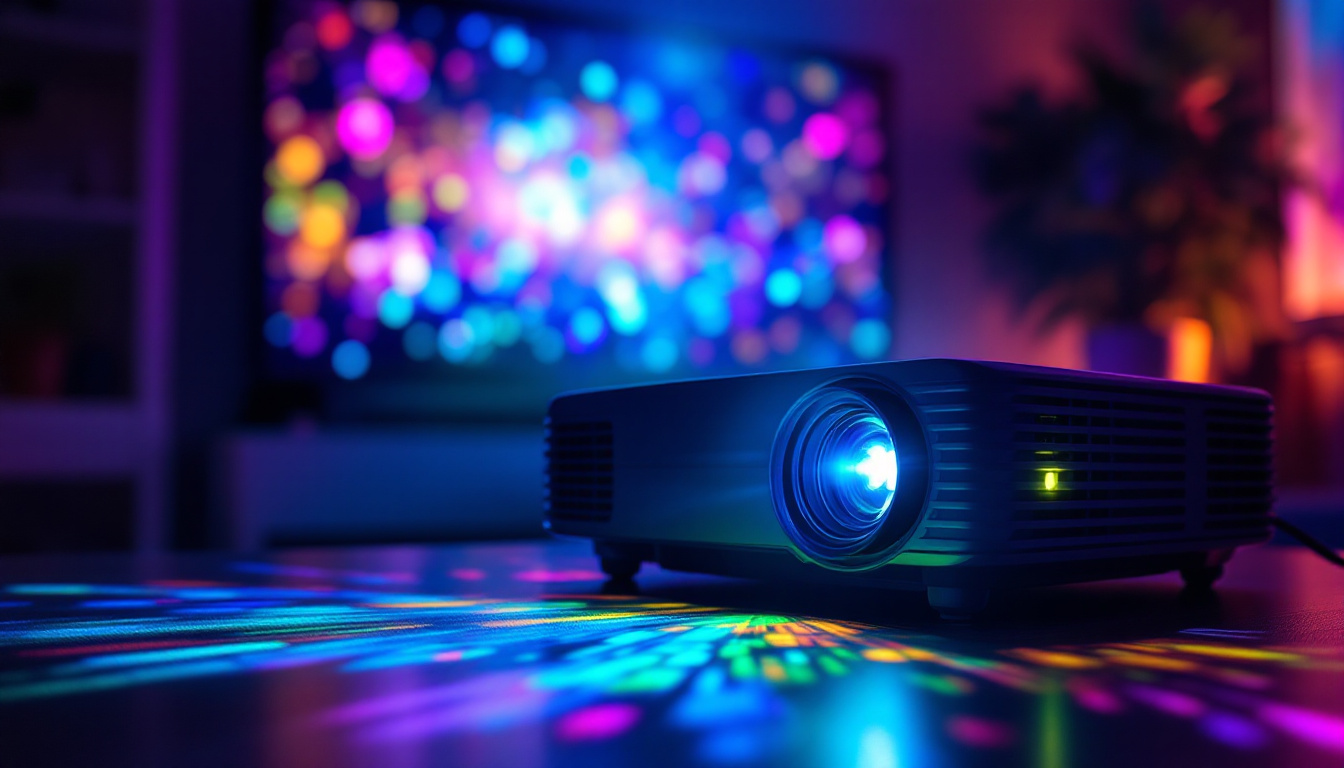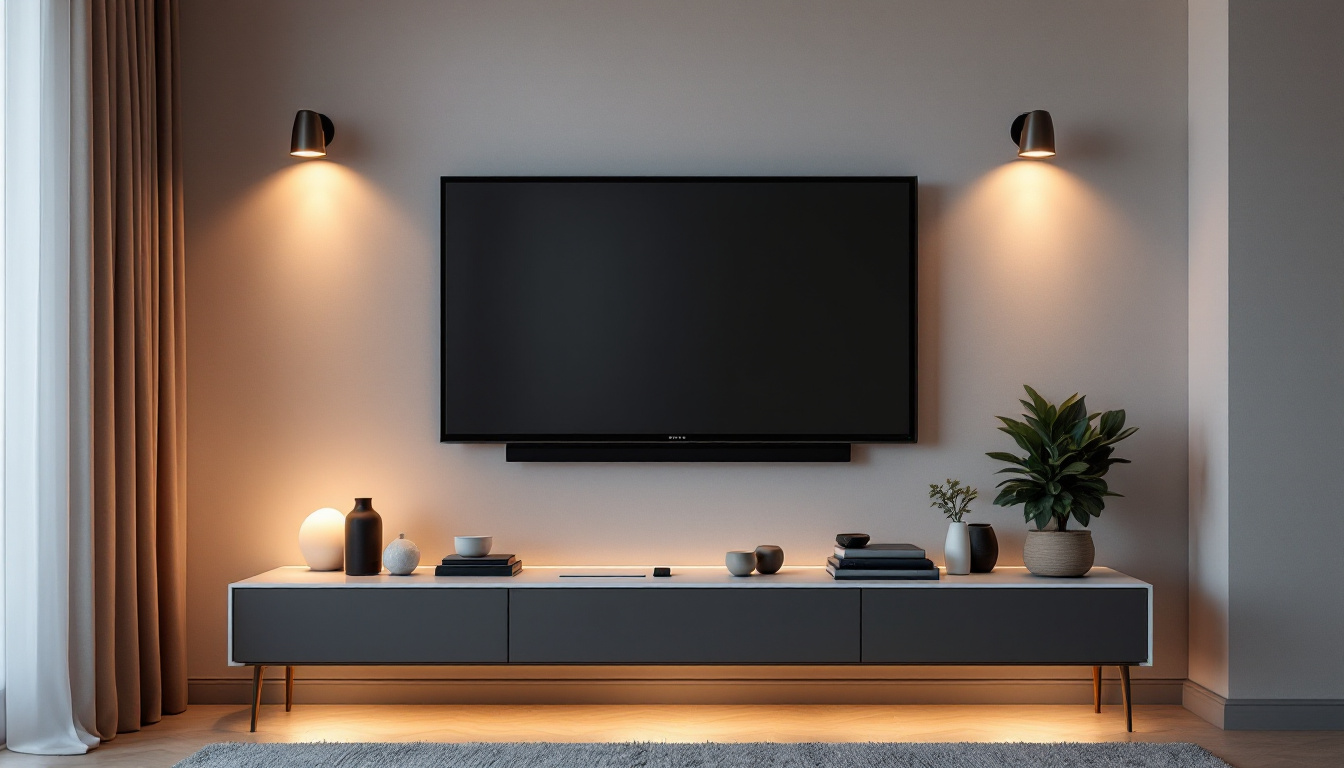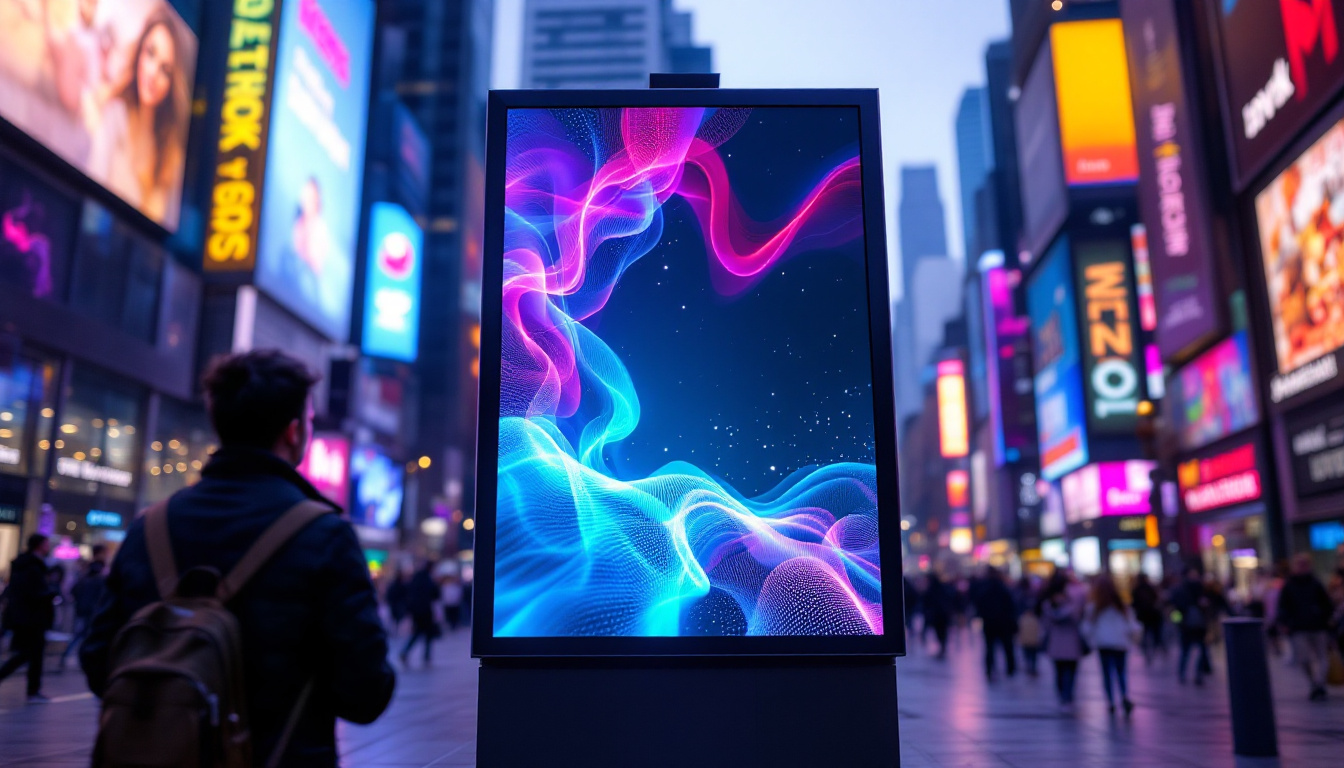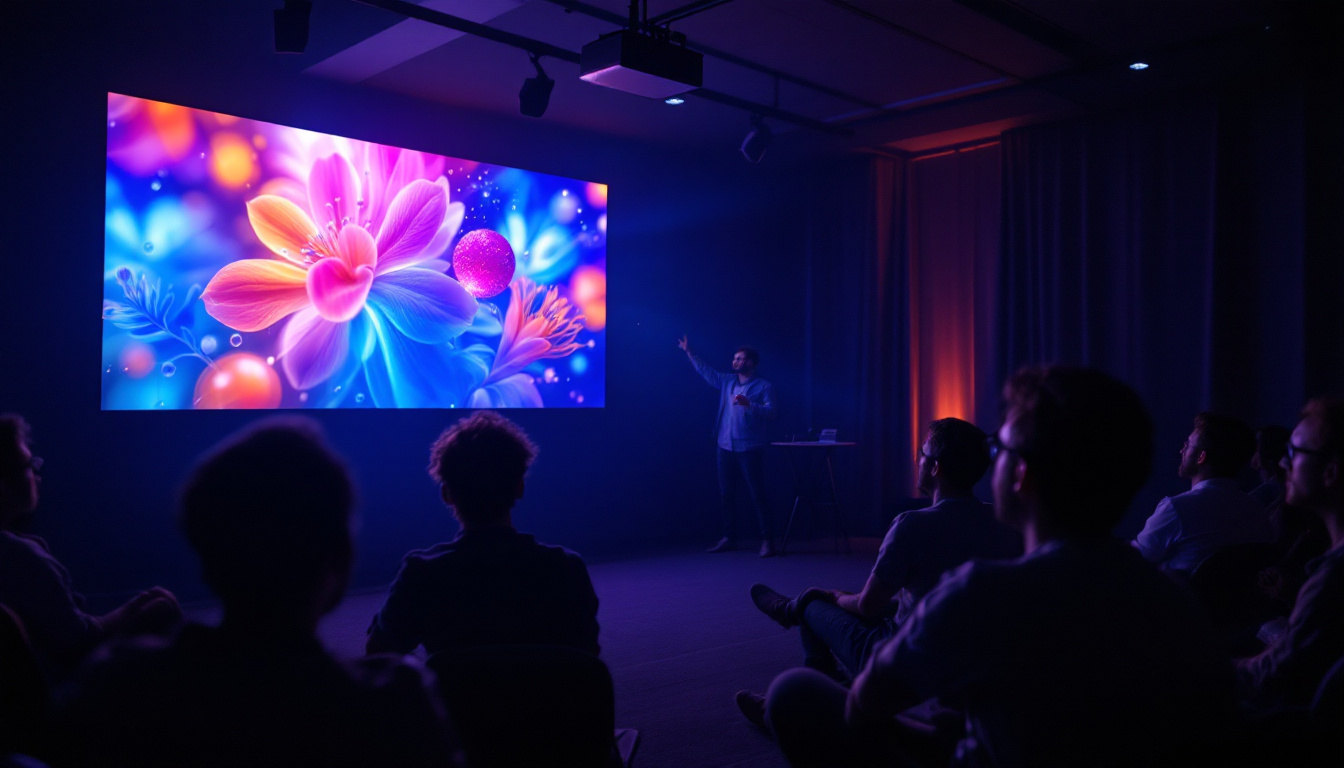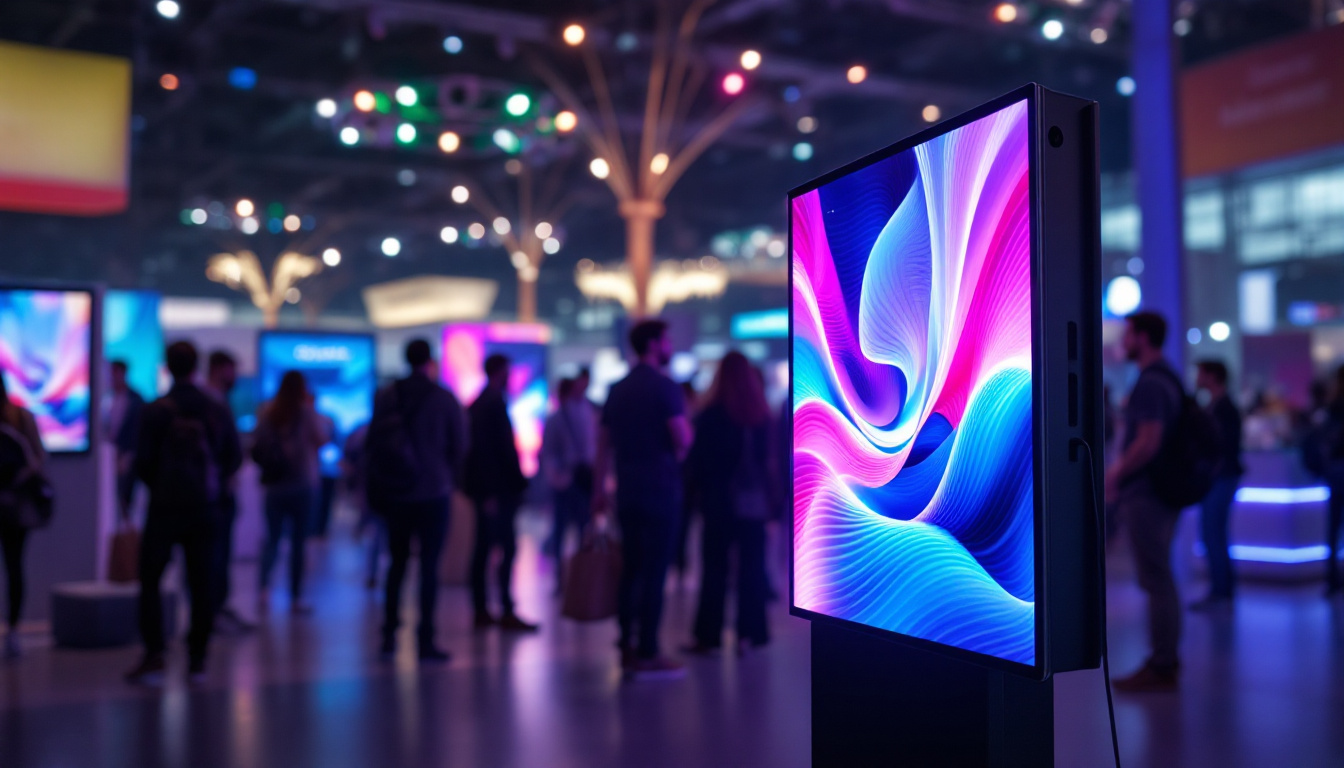In the world of digital displays, LED technology has emerged as a dominant force, revolutionizing how visuals are presented across various industries. Among the many components that contribute to the clarity and vibrancy of these displays, the monitor stand plays a subtle yet crucial role. This article delves into the intricacies of LED displays, with a particular focus on the monitor stand—its design, functionality, and impact on user experience.
Understanding LED Displays: The Basics
LED, or Light Emitting Diode, displays have become the standard for modern monitors and screens due to their superior brightness, energy efficiency, and color accuracy. Unlike traditional LCDs that rely on fluorescent backlighting, LED displays use tiny diodes that emit light individually, enabling deeper blacks and more vivid colors.
The evolution of LED technology has led to various types of displays, including edge-lit, back-lit, and OLED. Each type offers unique advantages, but all share the common benefit of enhanced visual performance. This has made LED displays a preferred choice in applications ranging from personal computing to large-scale advertising billboards.
Why LED Displays Matter
LED displays are not just about aesthetics; they significantly impact productivity and user comfort. Studies show that screens with higher contrast ratios and accurate color reproduction reduce eye strain, allowing users to work longer without discomfort. Additionally, LED technology contributes to energy savings, which is increasingly important in both consumer and corporate environments focused on sustainability.
Furthermore, the versatility of LED displays extends beyond conventional uses. In the realm of entertainment, for instance, LED technology has revolutionized the way we experience cinema and live events. High-definition LED screens are now commonplace in concert venues and sports arenas, providing audiences with stunning visuals that enhance the overall experience. The ability to create large, seamless displays has also paved the way for innovative advertising strategies, where brands can engage consumers in dynamic and interactive ways, capturing attention in a crowded marketplace.
Moreover, as technology continues to advance, the integration of smart features into LED displays is becoming increasingly prevalent. Many modern LED screens now come equipped with built-in connectivity options, allowing users to stream content directly from their devices or access the internet without the need for additional hardware. This shift not only simplifies the user experience but also opens up new possibilities for interactive applications, such as digital signage and educational tools, making LED displays an integral part of our daily lives.
The Role of the Monitor Stand in LED Displays
While much attention is given to the screen itself, the monitor stand is an often overlooked but essential component. It serves as the physical support for the display, but its design also influences ergonomics, space management, and even the longevity of the monitor.
Ergonomics and User Comfort
A well-designed monitor stand allows for adjustments in height, tilt, swivel, and sometimes rotation. These features enable users to position the screen at an optimal angle and distance, reducing neck and eye strain. According to ergonomic research, improper monitor positioning is a leading cause of musculoskeletal discomfort among office workers.
Modern stands often incorporate easy-to-use adjustment mechanisms, encouraging users to customize their setup. This adaptability is particularly important in multi-user environments or shared workspaces, where individual preferences vary widely. Furthermore, the ability to adjust the monitor height can significantly impact productivity; studies have shown that workers who can easily modify their workspace report higher job satisfaction and efficiency.
Space Efficiency and Aesthetics
Monitor stands also contribute to desk organization. Slim, minimalist stands free up valuable workspace, allowing for a cleaner and more productive environment. Some designs include cable management features, which help keep cords tidy and reduce clutter.
From an aesthetic perspective, the stand complements the overall look of the monitor. Manufacturers often design stands that match the sleekness of LED displays, creating a cohesive and professional appearance that enhances any office or home setup. Additionally, some stands are designed with materials that reflect modern design trends, such as aluminum or tempered glass, which not only add a touch of elegance but also ensure durability. These design choices can transform a simple workspace into a stylish area that inspires creativity and focus, making the monitor stand a key player in both functionality and design aesthetics.
Types of Monitor Stands for LED Displays
Choosing the right monitor stand depends on several factors, including the size and weight of the display, the user’s ergonomic needs, and workspace constraints. Here are the most common types of stands used with LED monitors:
Fixed Stands
Fixed stands are the simplest type, offering no adjustment options beyond basic tilt. They are typically integrated into the monitor and provide stable support at a set height. While less versatile, fixed stands are often found on budget-friendly models and are suitable for users with minimal ergonomic requirements. These stands are particularly useful in environments where monitors are not frequently adjusted, such as in retail or public information displays, where the screen is set to a specific viewing angle for optimal visibility.
Adjustable Stands
Adjustable stands allow users to change the height, tilt, swivel, and sometimes pivot the monitor. These stands are common in mid-range to high-end monitors and are favored in professional settings where prolonged screen use demands ergonomic flexibility. The ability to customize the monitor’s position can significantly enhance comfort and productivity, especially for users who spend long hours at their desks.
Height adjustment is particularly important for aligning the monitor with the user’s eye level, which can prevent posture-related issues. Swivel and pivot functions add convenience when sharing the screen or switching between portrait and landscape modes. Additionally, many adjustable stands come with built-in cable management systems, helping to keep workspaces tidy and free from clutter, which can improve focus and reduce distractions.
Monitor Arms and Mounts
For maximum flexibility and space-saving, many users opt for monitor arms or wall mounts. These devices clamp to the desk or attach to walls, freeing up surface area entirely. They offer a wide range of motion, including height, tilt, swivel, and rotation, catering to highly customized setups. Monitor arms can also be adjusted with ease, allowing users to change their monitor’s position throughout the day to suit various tasks or preferences.
Monitor arms are especially popular in multi-monitor configurations, enabling seamless alignment and adjustment of multiple screens. However, they require compatible mounting points (usually VESA mounts) and may involve more complex installation. Furthermore, some models come equipped with gas spring mechanisms, which allow for effortless adjustments with minimal effort, making them ideal for collaborative workspaces where monitors need to be frequently repositioned. The versatility of monitor arms not only enhances ergonomics but also contributes to a more organized and efficient work environment, as users can create a personalized setup that meets their specific needs.
Choosing the Right Monitor Stand: Key Considerations
Selecting the appropriate monitor stand is essential to fully leverage the benefits of an LED display. Here are some critical factors to consider:
Compatibility and Weight Capacity
Ensure that the stand supports the size and weight of your LED monitor. Oversized or heavy monitors require sturdier stands or arms designed for higher load capacities to maintain stability and safety.
Ergonomic Adjustability
Evaluate which adjustments are necessary based on your workspace and usage patterns. For example, if you frequently switch between sitting and standing, a height-adjustable stand or arm is invaluable. Similarly, swivel and pivot functions can enhance collaboration and multitasking.
Desk Space and Cable Management
Consider how much desk space you have and whether you need additional features like integrated cable management. A clutter-free workspace not only looks better but can also improve focus and efficiency.
Build Quality and Aesthetics
The materials and design of the stand affect durability and appearance. Metal stands tend to be more robust, while plastic options may be lighter but less durable. Choose a design that complements your monitor and workspace style.
Maintenance and Longevity of Monitor Stands
Proper care of your monitor stand can extend its lifespan and maintain its functionality. Regular cleaning to remove dust and debris prevents buildup that could impair adjustment mechanisms. Checking screws and joints periodically ensures the stand remains stable and secure.
For adjustable stands and arms, lubricating moving parts as recommended by the manufacturer can keep movements smooth and prevent wear. Avoid forcing adjustments beyond the designed range to prevent damage.
Future Trends in Monitor Stand Design
As LED display technology continues to advance, monitor stands are evolving to meet new demands. Integration with smart home and office systems is becoming more common, allowing stands to adjust automatically based on user profiles or environmental conditions.
Additionally, sustainability is influencing design choices, with manufacturers exploring eco-friendly materials and modular components that can be upgraded or recycled. These trends aim to reduce environmental impact while enhancing user experience.
Ergonomics Meets Technology
Emerging stands incorporate sensors and AI to monitor posture and suggest adjustments in real-time. This proactive approach to ergonomics could significantly reduce the incidence of strain-related injuries among frequent screen users.
Customization and Modularity
Future stands may offer greater modularity, allowing users to customize components such as base types, adjustment ranges, and accessory attachments. This flexibility would cater to diverse work environments and personal preferences.
Conclusion
The monitor stand, though often underestimated, is a vital component of the LED display ecosystem. It influences ergonomics, workspace organization, and the overall user experience. Understanding the types of stands available and their features empowers users to make informed decisions that enhance comfort and productivity.
As LED technology and workspace design continue to evolve, so too will the monitor stand—adapting to new challenges and opportunities. Investing in the right stand is not just about supporting a screen; it’s about supporting better health, efficiency, and aesthetics in the digital age.
Discover LumenMatrix’s Advanced LED Display Solutions
Now that you understand the importance of a reliable monitor stand in enhancing your LED display experience, take the next step with LumenMatrix. As a pioneer in LED display technology, LumenMatrix offers a wide array of innovative solutions designed to transform your visual presentations. From captivating Indoor and Outdoor LED Wall Displays to dynamic Vehicle and Sports LED Displays, our products are crafted to elevate your brand and engage your audience. Experience the future of visual communication with our All-in-One LED Displays, LED Transparent Displays, and more. Check out LumenMatrix LED Display Solutions today and see how we can help you make a lasting impression.






